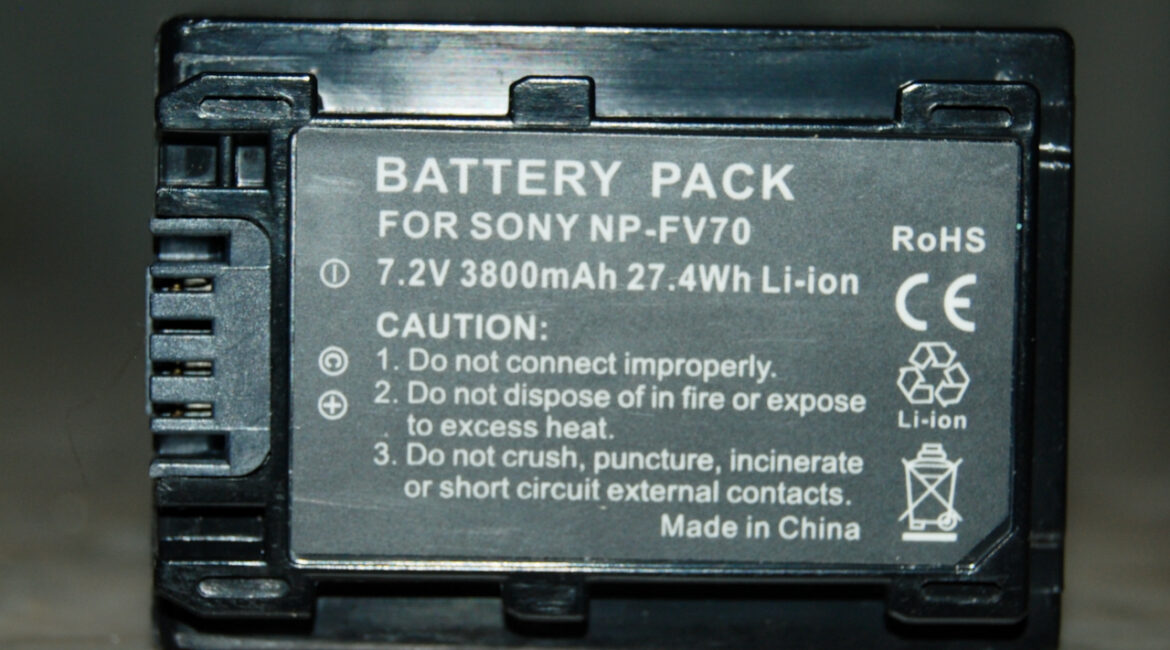Editor’s note: the following information has been made available by the Wisconsin Department of Natural Resources.
Ahead of National Battery Day on Feb. 18, the Wisconsin Department of Natural Resources (DNR) reminds the public of the dangers of throwing used batteries and electronics in the trash.
With an uptick in fires in collection trucks and at recycling and disposal facilities, the DNR is working with the state’s waste and recycling industry to raise consumer awareness about the proper disposal of used batteries and electronics.
Many batteries, especially powerful lithium-ion batteries in small electronics, can hold a considerable charge even when they no longer provide sufficient energy to power a device. When these batteries are damaged, they can spark or react in ways that can lead to a fire.
“When you put electronics or rechargeable batteries in your recycling or trash container, you’re putting workers at risk,” said Chris Blan, Brown County Resource Recovery Technician. “Taking batteries or electronics to a drop-off site may be an extra step, but it’s really important.”
When consumers put used batteries or electronics in trash or recycling bins, the heavy equipment involved with collecting, sorting, and recycling or disposing of the waste can easily damage the batteries. A punctured or bent lithium-ion battery can produce enough heat to melt or ignite materials near the battery, even if the battery itself does not ignite.
Collection trucks, recycling facilities, transfer stations and landfills have seen increasing numbers of fires caused by damaged batteries. A 2021 study by the U.S. Environmental Protection Agency identified 245 fires in waste management facilities and vehicles nationwide between 2013 and 2020 likely caused by lithium-ion batteries.
If not caught early, these fires can quickly spread and injure workers or firefighters and cause major damage to equipment, with some even destroying entire facilities. The EPA study found fires were particularly damaging at facilities that recycle materials like cans, bottles and paper, as facilities like that are not designed to handle electronics or batteries.
Some batteries, such as single-use alkaline batteries, are safe to put in the trash. But it’s important to understand which batteries you have and how to store and dispose of them, said Sarah Murray, DNR E-Cycle Wisconsin Coordinator.
“With so many devices in our homes powered by so many different shapes and types of batteries, we know it can be confusing,” Murray said. “We want to help everyone understand how to identify their batteries and where you can recycle batteries and electronics.”
Here’s what consumers can do:
- Learn about the different types of batteries in their homes and how to manage them. The DNR has a household battery recycling guide to help.
- Take used, rechargeable batteries to local collection sites. Check with battery retailers about their recycling programs or search for nearby sites through battery recycling organization Call2Recycle’s website or by calling 1-877-2-RECYCLE.
- Recycle old electronics through E-Cycle Wisconsin. Many small electronics can be recycled for free or traded in for credit or cash. Visit the DNR’s list of collection sites and free mail-back programs.
- Don’t put electronics or rechargeable batteries in trash or recycling containers. Most electronics are banned from landfills and incinerators, and they are not recycled at the same facilities that recycle plastics, glass and paper.
- When storing batteries for recycling, tape the terminals or put each battery in an individual plastic bag, which prevents batteries from accidentally sparking if terminals touch.
- Store damaged (swollen, bent, punctured or crushed) batteries or devices in sand or kitty litter and, if possible, contact the manufacturer or Call2Recycle for instructions.
- Do not try to take non-removable batteries out of devices, as this could lead to damage.
Businesses and institutions have special requirements to determine which types of batteries they have and manage batteries according to hazardous waste regulations.
For more information, refer to the DNR webpage on the proper handling of used batteries.

Warnings appear on a rechargeable battery used to power a video camera. Kim McDarison photo.
This post has already been read 644 times!
